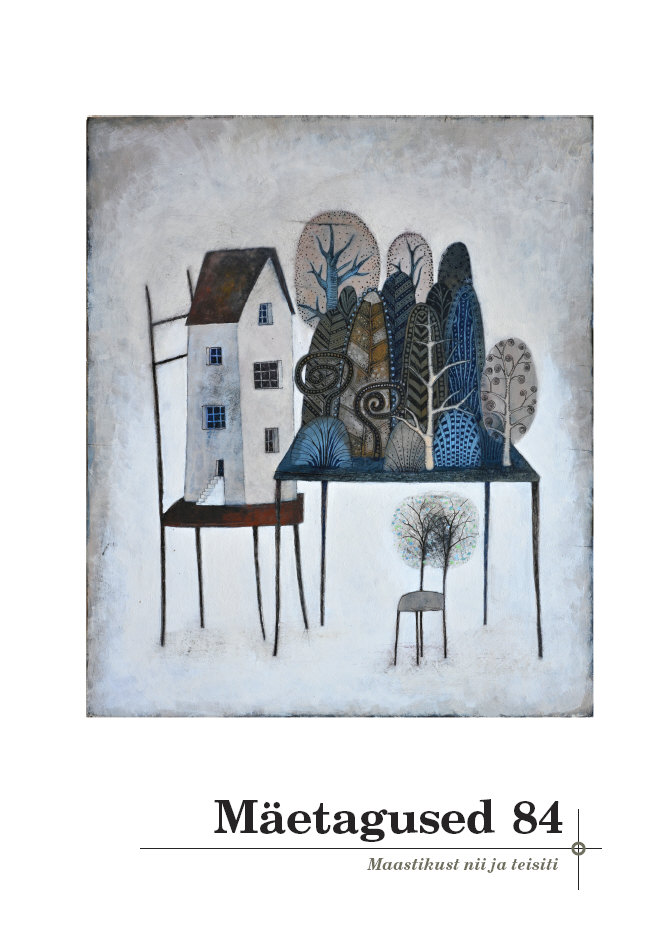Poliitilised ökoloogiad ja antropotseen urbaansuse pingeväljade maastikes
Political ecologies and the Anthropocene within landscapes of urbanity tension fields
Author(s): Tarmo PiknerSubject(s): Customs / Folklore, Cultural Anthropology / Ethnology, Culture and social structure , Rural and urban sociology
Published by: Eesti Kirjandusmuuseum
Keywords: Anthropocene; landscape; Paljassaare; political ecology; post-socialist city; Tallinn; urbanity;
Summary/Abstract: This article approaches complex relationships between disturbance-based ecologies and processes of urbanisation by focusing on urban fringes and valuation of life-forms within landscapes. The thematic discussion is inspired by changes of the Paljassaare Peninsula in Tallinn, which motivated the author to analytically assemble historical layers, ecological imaginations, and stories of planetary affects. The fieldwork related to the article’s argumentation is mainly based on the ethnographic method bringing together observations, interviews, and thematic narratives. The study indicates that disturbances and non-humans/birds become part of the landscape as intertwined materiality and perceiving-with, which involve tensions between presence and absence, and also tensions between past and future. The environment is not a passive “stage” in the process, but appears through emotional landscapes by creating relations between humans and non-humans. Transboundary flight trajectories of birds widen the perspective on earth-bound connections in urban space and make to rethink ways of co-existing. Urban landscapes linked to the sea accumulate diverse disturbances and ruptures, and their effects can be conflicting and interpretations change in time. The current study reveals tension fields and partial continuity of processes in which the Soviet-era legacy forms just one part in the complex assemblage. The border zone and the closed military-industrial complex in Tallinn coastal terrain generated conditions for disturbance-based ecologies, which have significantly influenced urban landscapes. Interim usages and valued ecologies slowed down effects of urbanisation and gave “voice” to particular characteristics of urban nature through which the Paljassaare Peninsula and migratory corridors of birds became part of a wider urban change. The desired (urban) nature appears as an expression of good and bad ecologies influenced by imaginations about landscapes and infrastructure. The evolvement of green areas and waterfront spaces in post-socialist cities is approached as part of Europeanisation, in which practices of European Union states are smoothly and uncritically adapted. The example of Paljassaare reveals entangled multi-dimensional connections between history, civil-society initiatives, and ideas of spatial planning, which were based on care and enabled the bordering of Natura 2000 bird protection area despite urbanisation pressure. Therefore, urban nature and urban landscapes as contested links between the (post)Soviet heritage and Europeanisation require in-depth analysis for revealing a more complex process than linear transformation. The following of disturbance-based ecologies and longer durations make it possible to problematise the Soviet-era homogenous legacy. Anthropocene traces, as a dominant force of humankind, have materialised in Paljassaare through industry, mining, building of a military complex and infrastructure of urbanisation, which, step-by-step, firmly linked the former islands to the city. Urban spatial futures lean on environmental legacy and simultaneously try to distance from the dark side of legacies. The paradox is that the terrains extensively disturbed by human activities can become meaningful within landscapes in problematising the forces of humankind and the position of humans in the context of the Anthropocene.
Journal: Mäetagused. Hüperajakiri
- Issue Year: 2022
- Issue No: 84
- Page Range: 7-36
- Page Count: 30
- Language: Estonian

